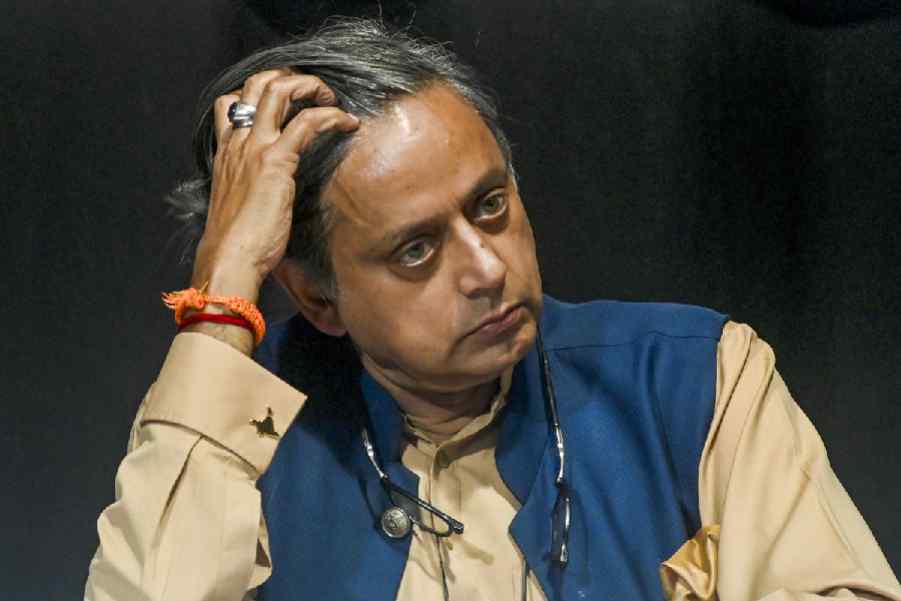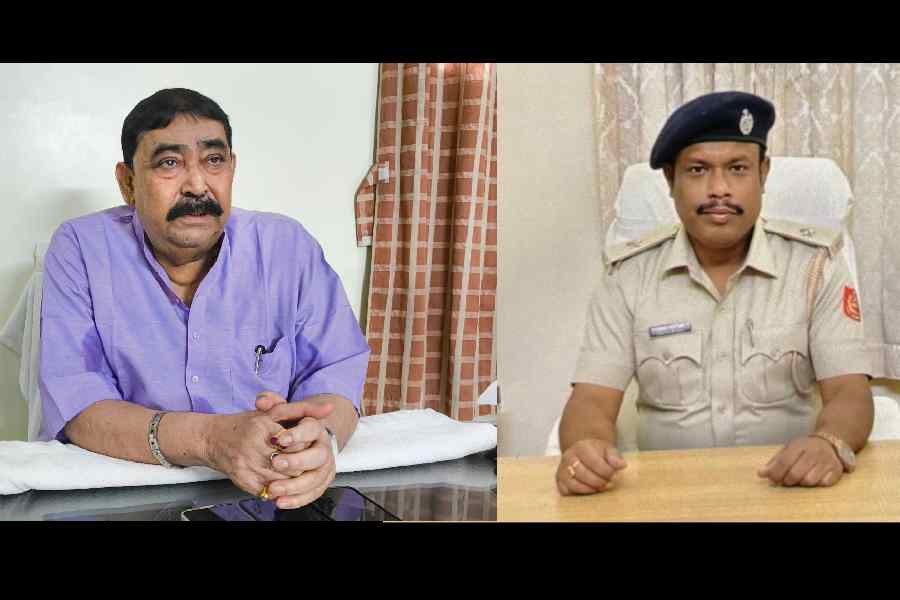 |
 |
| (Above)Rudra hits Partha during the altercation; (top)Partha breaks down. |
Saturday. Niranjan Sadan in Bijoygarh. The stage was set for a violent confrontation between Rituparno Ghosh, who plays choreographer Rudra, and his lover Partha, played by Jisshu Sengupta.
 |
| Rudra shows the syringe used by Partha to the manager of his dance group (Kaushik Banerjee) |
 |
| Partha dopes in the washroom |
 |
| An enraged Rudra hauls up Partha |
 |
| An emotional moment |
Partha, the drummer who does drugs, is missing on the day of the Chitrangada show and Rudra is livid. He suspects him of doping in the washroom, triggering a showdown between the two.
“Earlier in the film, I kick Jisshu on stage (while rehearsing for the play) and all that leads up to this confrontation scene... Jisshu pushes me and I slap him... and after that we make up,” says Rituparno.
“The focus here is the dilemma in Rudra between the performer and the lover in him. What is more important — his passion or his performance? Rudra can be ruthless if someone tries to botch up his show. Unlike Aarekti Premer Galpo, Chitrangada: The Crowning Wish is essentially about love that is violent. Abhiroop as a director in Aarekti Premer Galpo was never ruthless. Even when the journalists attack him, he turns to Basu (Indraneil Sengupta).... But here the passion comes out through physical violence. People usually don’t associate my films with violence, at least not physical violence. But Chitrangada is about the violence that exists in passion. In a man-woman relationship, we assume that physical violence only begins after marriage and courtship is all about romance. So when it’s a love story between two men, violence comes in normally. The physicality in their confrontation is very strong, here more so because Rudra is a dancer and Partha a drummer,” adds the director-actor.
 |
 |
| Memories in March maker Sanjay Nag, who is assisting Rituparno, with DoP Avik Mukhopadhyay on the sets |
 Rituparno dresses up to make his entry as Madan in Chitrangada, the play within the film. “It’s an Indonesian costume (by Jyotee Khaitan) but I am sad I couldn’t wear the golden crown. The rim of the crown was grazing the stitch mark on my forehead after the accident. And I decided not to wear a pagri as I wear it very often. So Anjali made me this golden head gear. But the crown would have really made it look like a war dance.... There’s an element of cruelty in Cupid which I needed in Madan; now I am having to bring it out through acting. Chitrangada is layered with elements of multi-ethnicity... the medieval, the Egyptian. Nefertiti had to wear a golden beard to be a king. Our kings would wear surma and tilak. Royalty gives this privilege of dressing in a different way where the line between the two genders is blurred. Royalty allows this gender bending (the theme of Chitrangada),” says Rituparno.
Rituparno dresses up to make his entry as Madan in Chitrangada, the play within the film. “It’s an Indonesian costume (by Jyotee Khaitan) but I am sad I couldn’t wear the golden crown. The rim of the crown was grazing the stitch mark on my forehead after the accident. And I decided not to wear a pagri as I wear it very often. So Anjali made me this golden head gear. But the crown would have really made it look like a war dance.... There’s an element of cruelty in Cupid which I needed in Madan; now I am having to bring it out through acting. Chitrangada is layered with elements of multi-ethnicity... the medieval, the Egyptian. Nefertiti had to wear a golden beard to be a king. Our kings would wear surma and tilak. Royalty gives this privilege of dressing in a different way where the line between the two genders is blurred. Royalty allows this gender bending (the theme of Chitrangada),” says Rituparno.











